LOWER SAXONY REAPS WHAT IT SOWS
Farming & agriculture
Deep-rooted and grown from the earth: Lower Saxony and its agricultural industry - just a few kilometres from Hannover
Lower Saxony offers space for agriculture
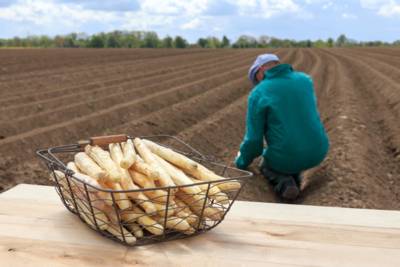 © Fotolia / juefraphoto
© Fotolia / juefraphoto asparaguscultivationin lower saxony
Lower Saxon farming and agriculture is flourishing and growing in the most varied sectors. This development, which has helped turn various products into market leaders, is thanks to the prized local conditions. Be it the Börde regions in the Hildesheim area, the marshlands towards the North Sea or the moors and geests in central Lower Saxony, these highly fertile, nutrient-rich soils leave the state sitting pretty as the largest user of farmland.
Around 1.9 million hectares of arable land used to grow potatoes, kale, asparagus, blueberries and sugar beet make Lower Saxony not only greener, but also more prosperous. Accordingly, every second potato in Germany comes from Lower Saxony.
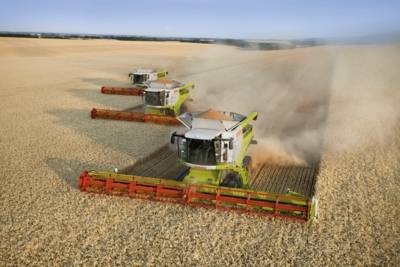 © Claas Gruppe
© Claas Gruppe AgricultureinLowerSaxony
Big names - Powerful allies
Economic significance isn’t just related to cultivating crops and rearing livestock - beyond agriculture itself, the machinery manufacturing and food industries in the region are also remarkable. Companies such as Claas in Dissen, Krone in Spelle and Welger (now called Lely) in Wolfenbüttel help drive the industry in Lower Saxony with their agricultural and harvesting machinery.
The food industry as well as the agricultural trade are also gradually gaining significance. Firms such as seed company KWS Gruppe from Einbeck have made it onto the list of the top 50 businesses in Lower Saxony. Agricultural trader AGRAVIS Raiffeisen AG and dairy producer Deutsches Milchkontor eG find themselves in the upper third of the table with over 6,300 employees and turnover exceeding €5 billion.
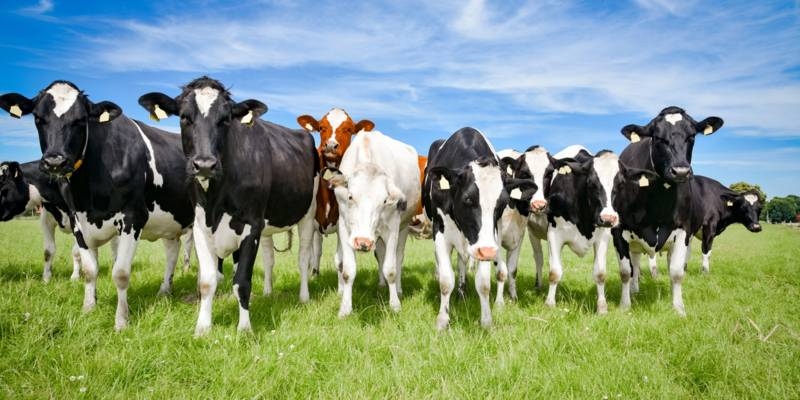 © Fotolia / countrypixel
© Fotolia / countrypixel stock breeding
But what would agriculture be without livestock farming? The northern regions of Lower Saxony are very much rooted in the soil in this regard. Alongside marshlands, river banks and coast, pigs, dairy cows and, above all, chickens are reared - two-thirds of all broiler chickens in Germany come from Lower Saxony. The region’s farmers also place emphasis on sustainable, organic pasture farming and help make Lower Saxony the number one agricultural state in Germany.
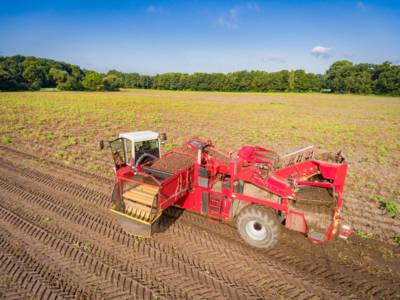 © Fotolia / countrypixel
© Fotolia / countrypixel agriculture in lower saxony
Lower Saxony’s agrarian sector is also known for its cultivation of potatoes, sugar beet, grains and lettuce. The production of foods such as syrup, rapeseed oil and wheat are among the most significant factors in Lower Saxon industry. For example, Uelzen, 86 km from Hannover, is home to the second-biggest sugar factory in Europe: Nordzucker AG is a major player with a turnover of €1.7 million.
Meanwhile another important sector is bearing fruit in the north of Lower Saxony - the apple trees in Altes Land can be reached via the A7 in two and a quarter hours. Known for the cultivation of its delicious fruit, it also attracts tourists with its orchards and fields full of beautiful white blossoms. There visitors will find cherries, pears and an abundance of apples.
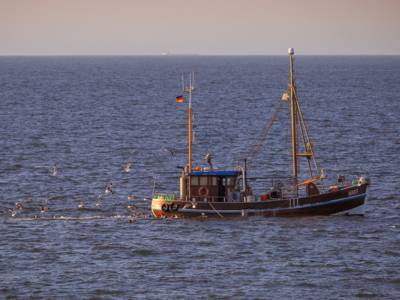 © Lars Gerhardts
© Lars Gerhardts Crab fisheries at Wangerooge
Another type of “harvest” can be found three hours away on the North Sea coast, where fishermen reap the fruits of the waters around the East Frisian lowlands. To this day many captains still set sail on their cutters on the hunt for small crabs. Whether salty or sweet, regional or further afield, the phrase “agribusiness” is heard frequently, providing 10% of all employment in Lower Saxony. Whether directly or indirectly, the food industry is a lucrative source of income.
AGRITECHNICA and EuroTier - trade fairs with far-ranging significance
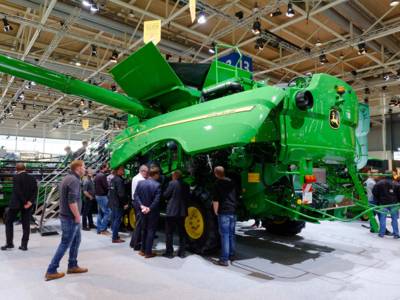 © DLG
© DLG AtAgritechnica,manufacturerswillpresentthelatestagriculturalmachines.
These two major attractions lure farmers and enthusiasts to Hannover from all around the world. These special fairs last just under a week and are centred around new machinery, tractors, technology and future issues in the agricultural industry as well as livestock and husbandry.
In Hannover’s expo halls, the only of their kind in Germany, 2,800 exhibitors from 52 countries provide around 460,000 visitors to the AGRITECHNICA trade fair with a wide-ranging break from daily life on the land. EuroTier is similar, with some 2,600 exhibitors presenting the latest innovations in animal husbandry, as well as the fair’s focal point of animal feed, to around 170,000 visitors.
more information you find at:
 Deutsch
Deutsch
 English
English
 中文
中文
 Dansk
Dansk
 Eesti
Eesti
 Español
Español
 Suomi
Suomi
 Français
Français
 Italiano
Italiano
 日本語
日本語
 한국
한국
 Nederlands
Nederlands
 Norge
Norge
 Polski
Polski
 Portugues
Portugues
 Русский
Русский
 Svenska
Svenska
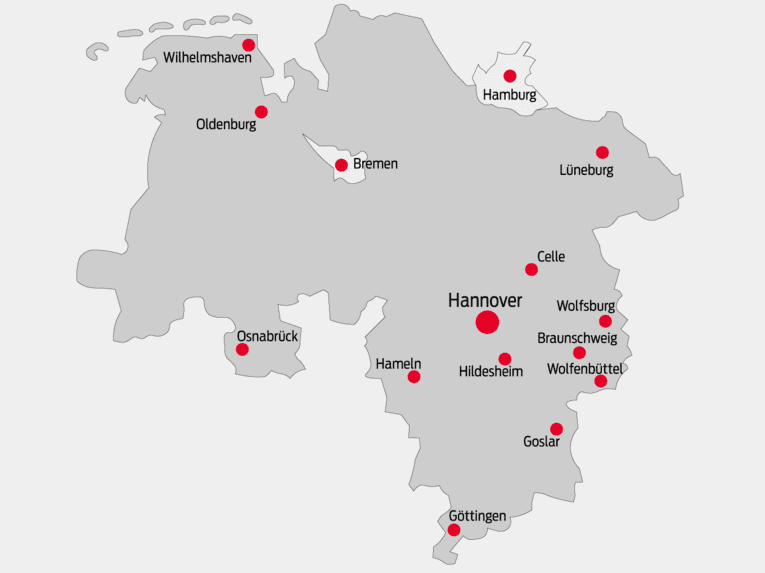 © HMTG
© HMTG 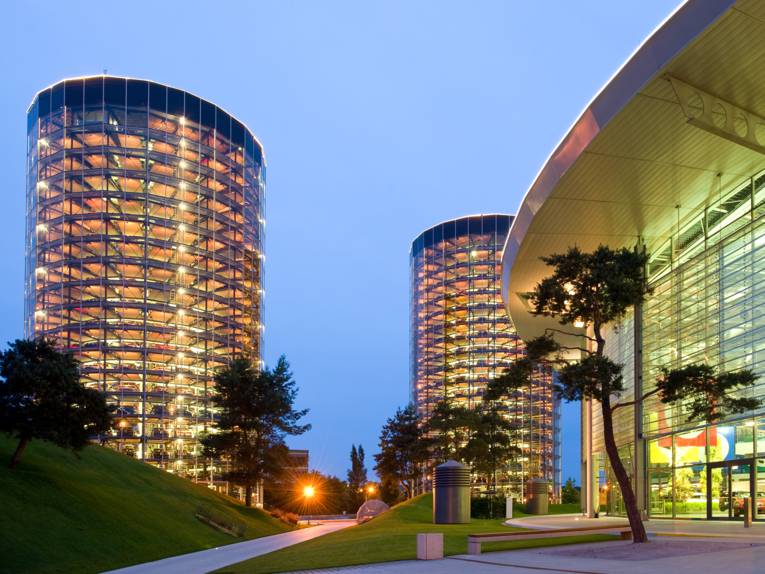 © Martin Kirchner
© Martin Kirchner 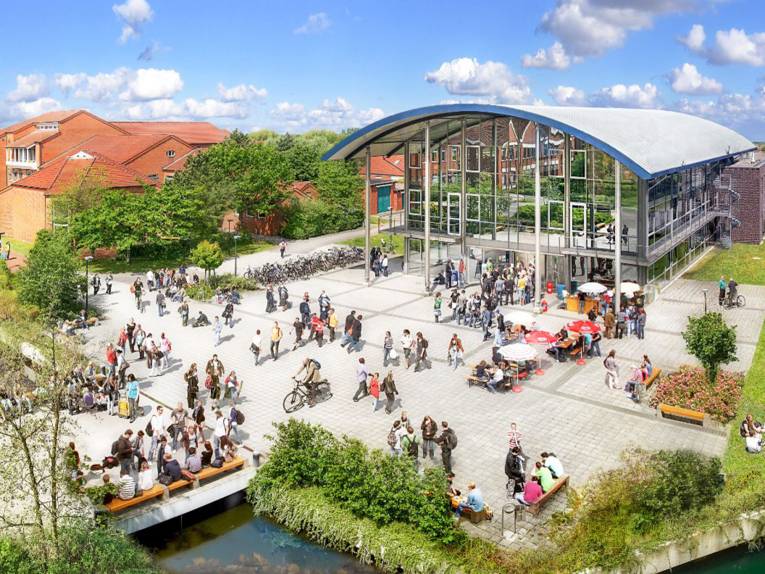 © Hochschule Emden Leer
© Hochschule Emden Leer